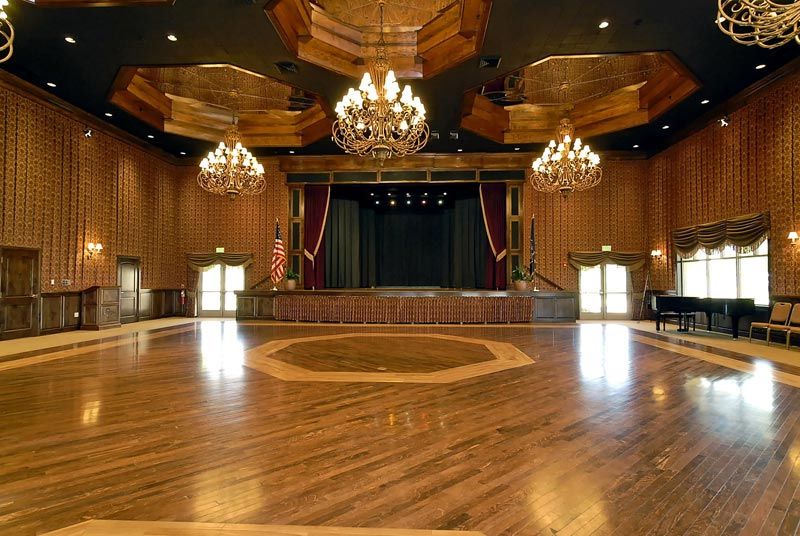
It isn’t uncommon to have a lot of questions around dance floor options, install and maintenance. In this post we dive into the top questions surrounding dance floors we get on a regular basis like, what type of dance floors are best for youth classes or for Ballroom dance? Or, what is a Sprung Floor?
What kind of dance floor do I need?
That depends a lot on what type of dancing that you’re planning on having on the floor. Different styles of dance will require different types of flooring. While general options exist to cover a floors that see a wide range of uses, if your dance studio is mainly focused on one style of dance it is a good idea to get the best floor for that dancing style.
Ballroom Dancing vs Youth Dancing Schools
A lot of facilities that have ballroom dancing will need something very different from dancing schools that teach mostly youth with a number of varied dance styles. But we have floors for both types and source from the leading manufacturer of dance flooring in the world, Gerstrung. For Youth we recommend a floor that is very resilient, something we cover more below.
If we’re doing mostly ballroom dancing, what do we need?
Ballroom dancing is relatively low impact, with some exceptions. Dancers will need some shock absorption though and more than anything else, they will need a stable wood system that is not too slick. This usually means a wood floor that rests over a foam pad, and that is finished with a urethane coating that has a good coefficient of friction. A system identical to ours is being used on the popular network show Dancing with the Stars, and was selected for its superior performance in ballroom dancing competitions.

What do youth dance schools need?
Dance schools have a much more varied curriculum and most of those activities are going to need a floor that is much more resilient. These floors may have a hardwood top surface, but it’s the subfloor which is very different.
Subfloor Differences and Importance
This subfloor we recommend for youth dance schools is made of thin plywood that is elevated with foam blocks spaced beneath the surface. This foam block system makes the floor extremely springy and allows for very high impact absorption – almost like something a gymnast would use. It greatly reduces injuries from the jumps that are common in youth dance styles and is often referred to as a sprung floor.
What exactly is a sprung floor?
That is greatly up to interpretation. It typically refers to any floor that flexes upon impact and snaps into place. As you can see with the foam block floor, it does not refer to the use of actual springs, yet there are other types of flooring that do use springs and so are also often referred to as sprung floors. Sprung floors have also been referred to in court and aerobic flooring and some floors which move just the slightest upon impact have been described as sprung floors by their manufacturers. The floor being called a spring floor is less important than making sure that it provides the type of resilience that you need.
What is a Marley floor?
Marley is a generic name for a type of reversible vinyl often used over a sprung floor in dance schools. It was named Marley after the school in the UK that first utilized it and now, a number of manufacturers across the world produce a material that is referred to as a Marley floor. Marley come in a number of vinyl thicknesses and surface textures, depending on what type of dance is being performed, or the personal preference of the dancers. It can be permanently adhered to the subfloor or, more commonly, rolled out and taped in place so that it can be taken up and remains portable.
